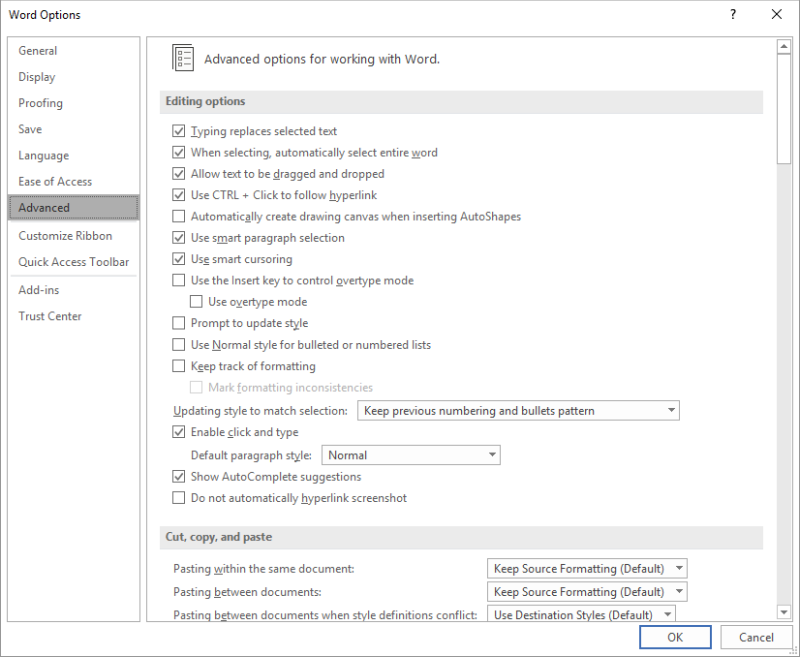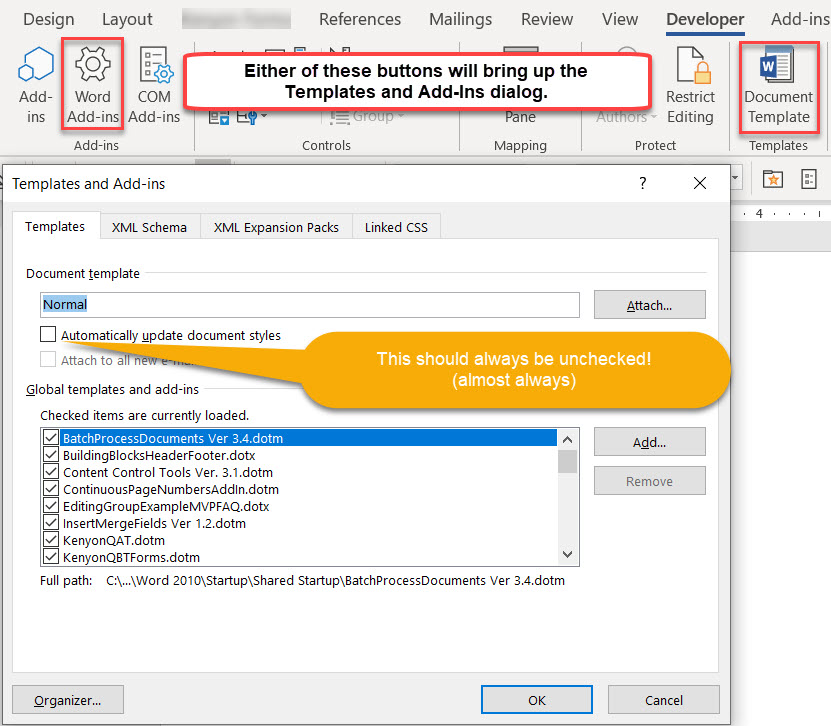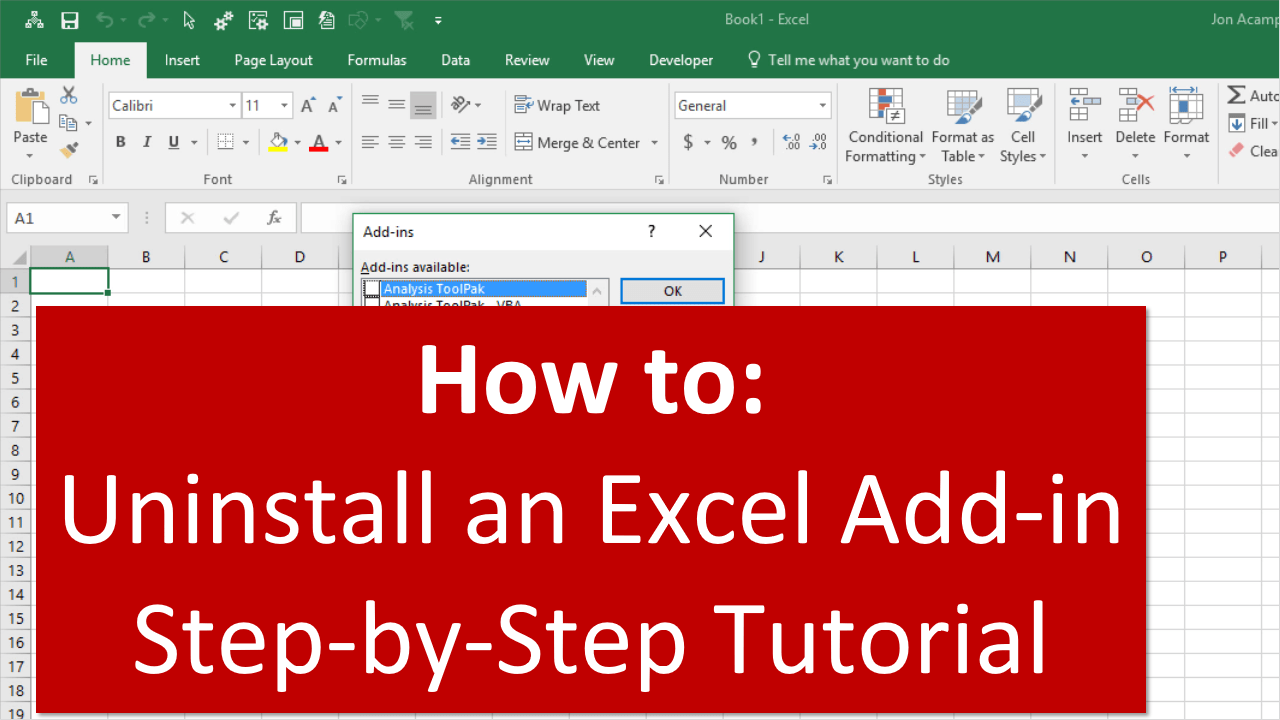

- #Some buttons ribbon inactive word for mac how to#
- #Some buttons ribbon inactive word for mac full#
For this, click on any tab to temporarily view the ribbon. Right-click any ribbon tab and clear the check mark next to Collapse the Ribbon in Excel 2019 - 2013 or Minimize the Ribbon in Excel 20.

Double-click on any ribbon tab to make the entire ribbon visible again.
If the Excel ribbon is minimized so that only tab names are visible, do one of the following to get it back to a normal full display: If the ribbon has disappeared from your Excel UI, don't panic! You can quickly get it back by using one of the following techniques.
Excel ribbon missing – how to restore it. Do you feel the ribbon takes up too much of your screen space? No problem, one click of your mouse, and it is hidden. Ribbon is the central point of whatever you do in Excel and the area where most of features and commands available to you reside. The content remains unbiased and authentic.In this short tutorial, you will find 5 quick and easy ways to restore Excel ribbon in case it is missing and learn how to hide the ribbon to get more room for your worksheet. However, it does not affect our editorial integrity. The above article may contain affiliate links which help support Guiding Tech. Next time you feel something is missing, just follow the steps, search for your command and have it added. Now you know how to add new tabs, new groups and new commands. However, I feel that they have been carefully chosen and handpicked for normal, day-to-day usage. MS Office ribbons have only a few tabs and commands showcased by default. If you wish a tab not be displayed in the interface you can simply uncheck it from the list where you see them. Select a command from the other pane on the left and then click on Add to make it a part of the new tab and new group. Select a group from the tab you have just added. Step 7: Go back to the same Word Options window. It is blank, it does not have any commands. Now, let us go back and see how our new test tab looks like. So, you can move it up or down the sequence. Step 6: You might also want to place it in an apt position. Step 5: You might want to rename the tab. You can add more groups by clicking on New Group. With the new tab you will get a default new group. Step 4: On the right side of the window you will see a pane to Customize the Ribbon. With that you are set to start adding new tabs and groups. Step 3: From the window, on the left side, hit on the menu option reading Customize Ribbon. Step 2: On the left pane, click on Options to open the Word Option window. 
Step 1: Click on File to navigate to the backstage view. The steps are almost similar for other MS Office tools and versions other than 2013. Note: We will use MS Word 2013 for our example. What you can do is add a few more and choose what is displayed. I recommend you don’t remove any of the options. However, as a user you may want to customize the contents. By default, the ribbon comes with a custom set of tools and settings. It has multiple tabs, a number of groups within each tab and then a few commands in each group. The best example of the ribbon in the one that comes with all the products in the MS Office suite. Now, why do you think they have done so? The simplest reason is that it enables users to work more comfortably with the mouse and perform activities quickly. Most tools these days, have adapted to the concept of toolbars and ribbons.







 0 kommentar(er)
0 kommentar(er)
